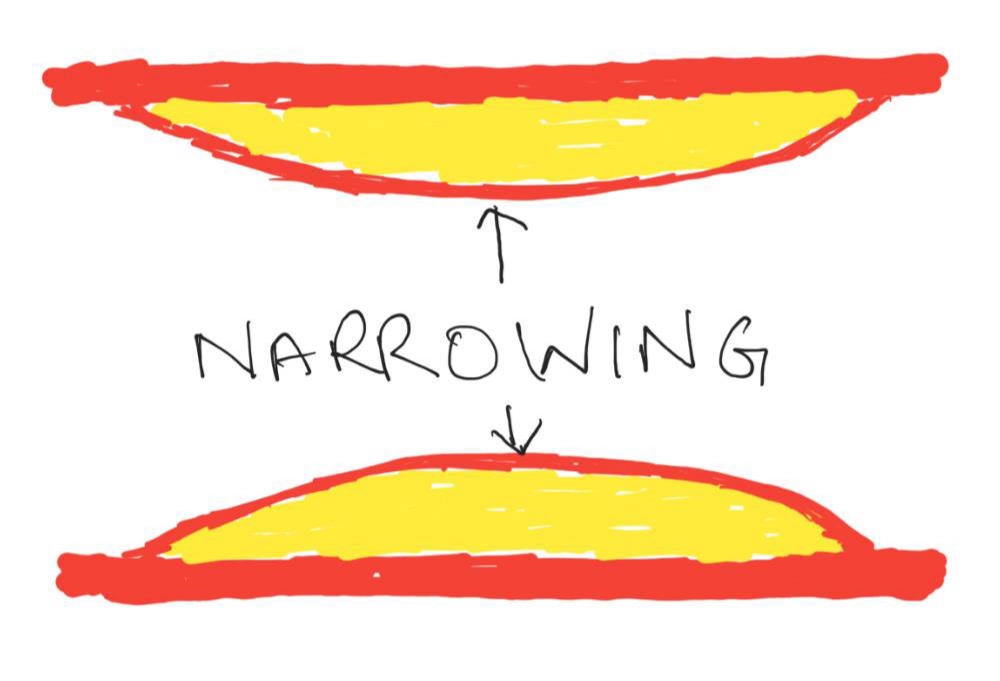
Cholesterol plaques deconstructed.
Cholesterol plaques may develop within the walls of these arteries. A plaque is a complex entity, made of cholesterol, calcium, smooth muscle cells etc. And all of this is contained within the layers of the artery wall (figure 1).

Cholesterol plaques are formed by certain cells in the blood called macrophages ingesting (or eating) fat globules. This is one of the way body gets rid of excess fat through scavenging. Some arteries are especially prone to have these cells ‘settle’ in the walls of the arteries, heart arteries being one of them. Over time these cells may die and release the fat to the vicinity creating a cholesterol filled plaque.
This could be an ongoing process which may slowly obstruct the flow downstream. On occasions the plaque may rupture and expose its innards to the blood. The exposed plaque acts as a magnet for platelets and other clotting agents and starts forming a clot. This can result in a sudden and sometimes complete obstruction of the artery. The heart muscles dependent on the artery for nutrition and oxygen supply are suddenly starved (figure 2). This is one of the most common causes of a heart attack or ‘acute myocardial infarction’.

Can the plaque be scrapped off the artery?:
This is a commonly asked question. The plaques cannot be scrapped off the artery. The plaque is contained within the layers of the wall. In essence you will be scrapping off the layers of the wall which can be dangerous. Calcium within the plaque, however, can be filed (like a fingernail). Laser is used to cut through complex plaques in some cases.
Risk factors:
Plaque formation is accelerated by certain risk factors such as poorly controlled hypertension, diabetes, high cholesterol levels, old age, male gender, obesity, smoking, family history to name a few. Arterial plaques anywhere in the body is a risk factor for plaques in the heart arteries.
Further reading on heart attack
Follow on twitter.
All opinions expressed here are those of the author and not of the employer. Information provided here is for medical education only. It is not intended as and does not substitute for medical advice.
2 Replies to “Cholesterol plaques deconstructed.”
Comments are closed.